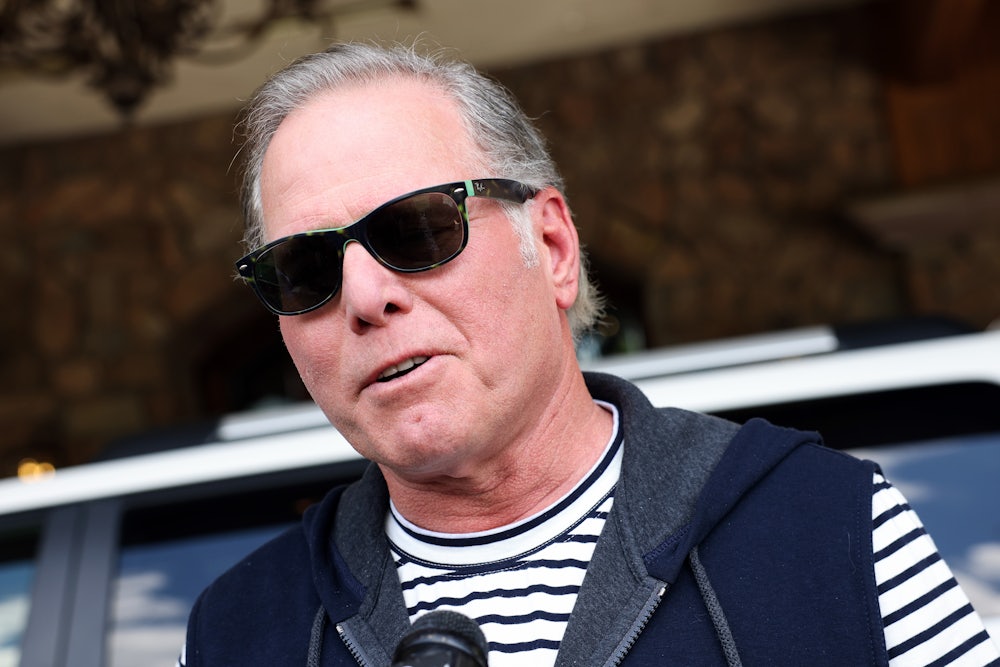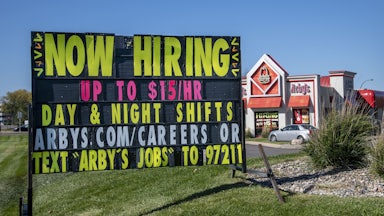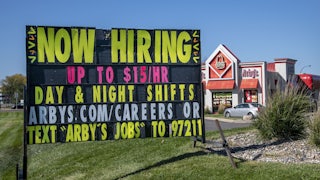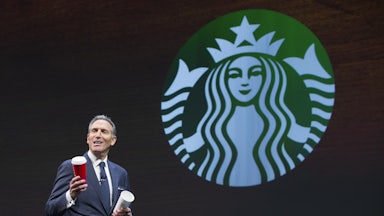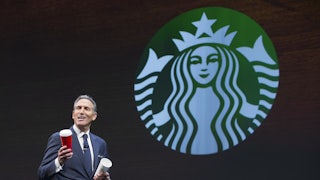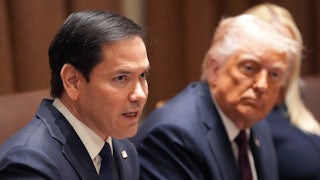If you’re the chief executive officer of an S&P 500 corporation and your compensation last year was less than $14.7 million, you need to think seriously about getting into another line of work. Fourteen million may sound like a lot of frog skins, but more than half your fellow CEOs got paid more than that last year, according to a new tally by The Wall Street Journal. Maybe you should set up a vegetable stand.
Alternatively, maybe you should ask how median pay for CEOs got to be 283 times the median for all full-time workers that same year, and 183 times the median for all managers. Have you ever met anyone 200 times more valuable to his or her employer than you are to yours? Me neither.
But let’s bow to convention and presume that $14.7 million is a logical median compensation package for an S&P chief executive. The year 2021 was, after all, a phenomenal one in business. Corporate profits shot up 25 percent, and the S&P index rose nearly 27 percent. Most of these CEOs saw their compensation go up at least 12 percent. Why begrudge them these raises?
One big reason would be inflation, which rose 7 percent during this period, the largest one-year increase since 1981. President Joe Biden is getting beat up over this because in March 2021 he signed into law a stimulus bill that sent out $1,400 checks and expanded unemployment benefits and the child tax credit on a temporary basis. But nobody thinks most of that increase is attributable to the stimulus. A March study by the San Francisco Federal Reserve that inflation hawk Larry Summers likes to cite attributes less than half to the stimulus. So does Michael Strain of the conservative American Enterprise Institute. Others say the stimulus accounts for one or two of those seven percentage points. That’s well worth the accelerated economic recovery from Covid-19 that the United States is experiencing compared to Europe.
The 2021 inflation spike was mostly about the supply chain. The 2022 inflation spike is mostly about the supply chain and the Russian invasion of Ukraine. Biden and the Federal Reserve deserve some blame, but if you want to personalize this, you’d do better to blame chief executives of the S&P 500. Corporate America didn’t create the inflation spike any more than Biden did, or the Fed. But it contributed to the inflation spike much more, because inflation turns out to be very good for business.
That’s new. Inflation was not, in the past, a bonanza for corporations. Between 1973, the year the Arab oil embargo kicked the Great Inflation into high gear, and 1984, when it ended, corporate profits roughly doubled. That rate of increase was slightly less than the one during the much less inflationary decade that preceded 1973. By comparison, corporate profits rose 25 percent just in 2021. Corporate profits aren’t supposed to outrun inflation. During that 1973–1984 period, they rose at roughly the same rate as inflation. But in 2021, corporate profits rose nearly four times as fast as inflation. That’s insane.
Wages used to be a meaningful check on corporate profits, but the decline of unions put those days well behind us. Nominal wages grew 4.5 percent in 2021, which was the fastest they’d grown since 1983. But that’s a pittance compared to 2021’s 25 percent growth in profits and 12 percent growth in CEO pay. And anyway, when you figure in inflation, wages actually fell 2.4 percent. Inflation isn’t something likely to affect your household budget when you pull down $14.7 million, but it does when your wage stands at 2021’s median $51,896.
Then there’s pricing. In a healthy economy with lots of competition, pricing is supposed to exercise some restraining influence. Charge too much, and your competitor will eat your lunch. But that fear isn’t much in evidence right now. That’s probably because of growing monopolization. Since the 1970s, corporate concentration, defined as the increase in average asset share for the richest 1 percent of businesses, has increased about 14 percent. That allows CEOs to be, on average, 14 percent less fretful than they were in the 1970s that a price hike will cut into their bottom line. And given the gigantic increase in CEO pay since then—by a factor of about 10—the personal stakes are much higher. In 2021, fretting 14 percent less about inflation yielded 12 percent more in compensation. The result was, as Oxford economist Martin Schmaltz recently told The Guardian, a significant transfer of wealth from consumers to shareholders and investment firms. Which was also a significant transfer of wealth to CEOs.
Please note that while I presume most CEOs operate on the principle that their pay packages will be tied to stock performance and corporate profits, that isn’t always the case. The Journal’s survey compared the 25 highest-earning S&P CEOs to the 25 highest-earning S&P companies. Did they match up? Of course not! Of the 25 highest earners, only one, the semiconductor company Applied Materials Inc., is headed by one of the 25 highest-paid CEOs (Gary Dickerson).
The shareholder advocacy group As You Sow calculates every year a list of the 100 most overpaid S&P CEOs, based on the mismatch between pay packages and shareholder return and other performance indices. According to As You Sow’s rankings for 2022, David Zaslav, whom the Journal identifies as the second-highest-paid CEO in the country, is also the eighth most overpaid. As You Sow calculates pay differently from the Journal, which puts Zaslav’s 2021 pay at $246.57 million. As You Sow’s tally is much lower. But As You Sow figures Zaslav’s compensation exceeds his performance by $24 million.
Over the longer term, the relationship between CEO pay and shareholder value gets more tenuous. A 2017 study by the corporate research firm MSCI compared 10 years’ CEO pay to 10 years’ shareholder returns for 434 companies. It found that in most of these companies—62 percent—long-term CEO pay aligned poorly with long-term stock performance. Bigger companies, interestingly, flubbed this much more often than smaller ones. A mismatch was found “at a majority of large-cap U.S. companies, and in some cases severely so.”
Chief executive officers are paid more than at any time in human history. They have never in modern memory been more incentivized, and more able, to screw up the economy. The more inflation piles up, the bigger corporate profits get. Somewhere out there, these S&P CEOs know, there is something called an economy. But damned if they know where it is, or care how it’s doing. They have a hard enough time knowing how their own company is doing.
